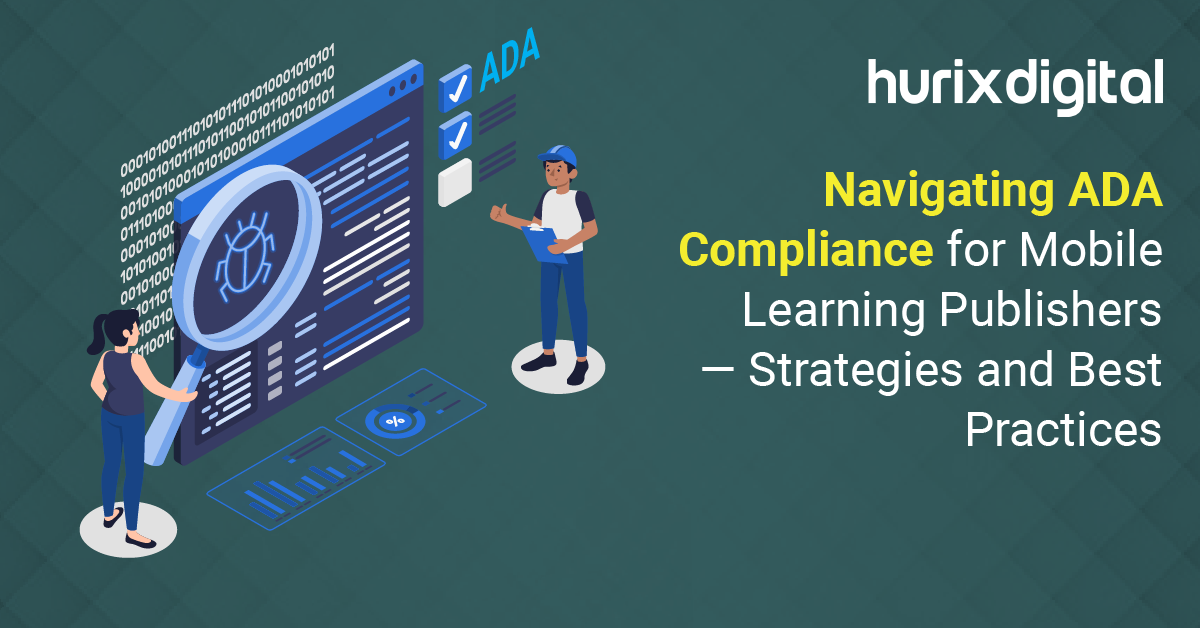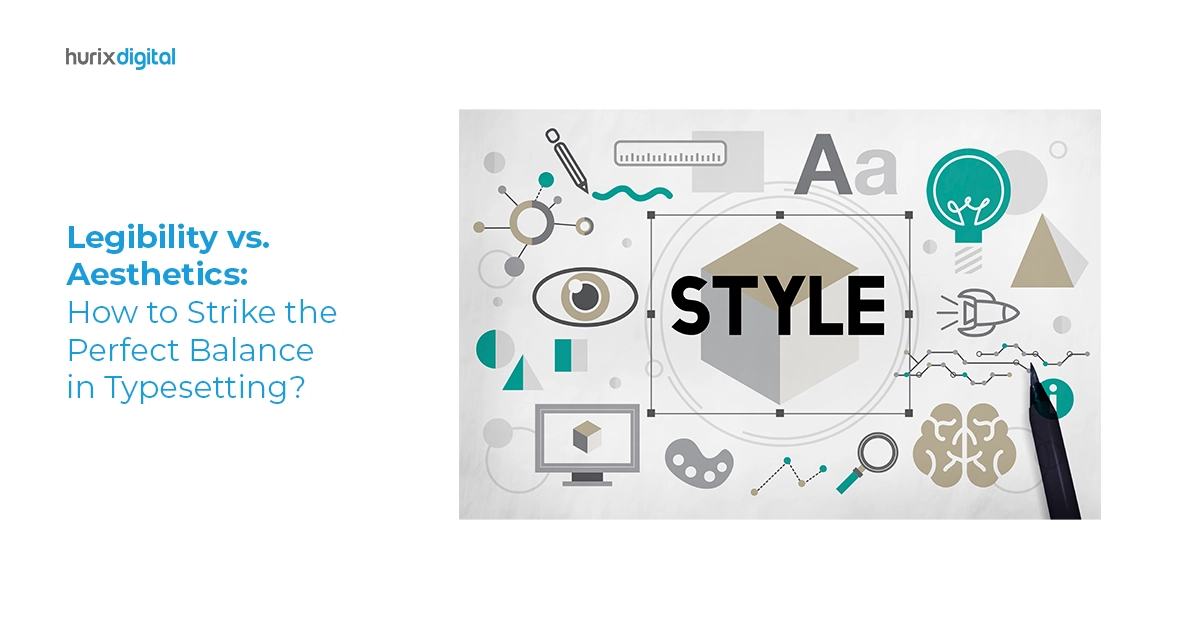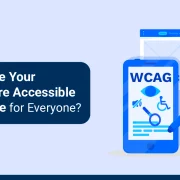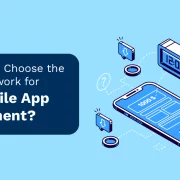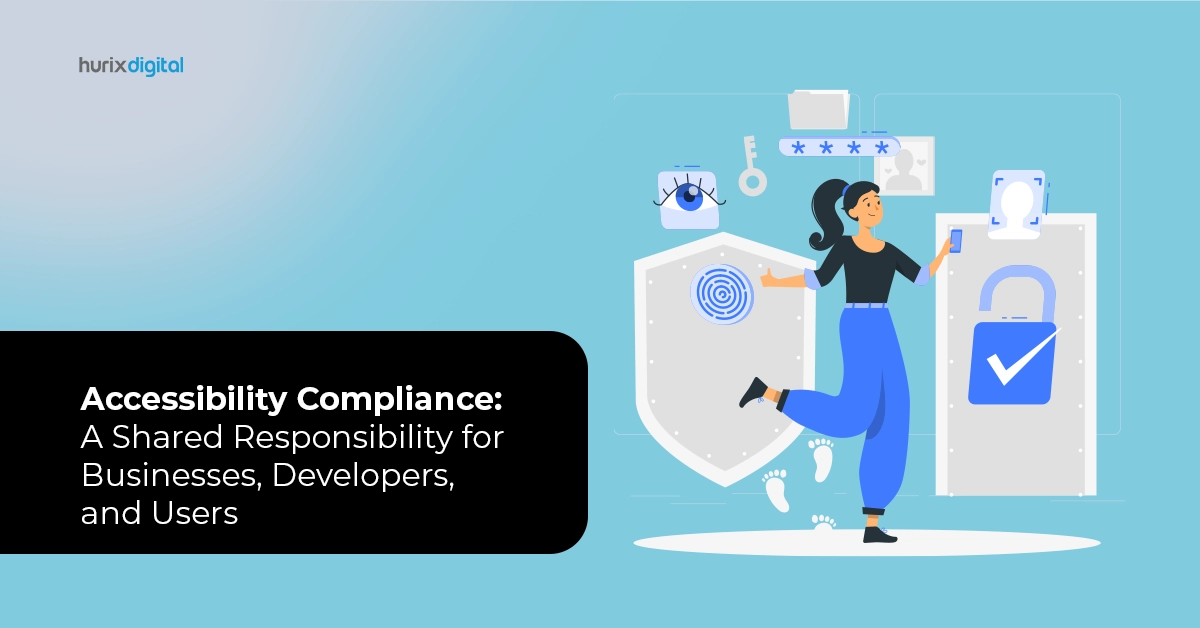
Accessibility Compliance: A Shared Responsibility for Businesses, Developers, and Users
Summary
Explore the collective responsibility for ensuring accessibility compliance. This article highlights the roles of businesses, developers, and users in achieving accessibility goals.
Despite the importance of accessibility compliance, many businesses have overlooked it for far too long. As a result, their websites and applications may unintentionally exclude individuals with disabilities from accessing their products and services.
However, ensuring accessibility compliance is not solely the responsibility of developers or users; it’s a shared effort among businesses, developers, and users alike.
Research suggests that in the United States, nearly 98% of web pages remain inaccessible to people with disabilities from a legal perspective. This oversight poses significant risks for businesses, including potential legal liabilities, reputational damage, and missed opportunities for reaching a broader customer base.
In this post, explore why accessibility compliance is crucial for businesses, the potential risks of non-compliance, and steps that businesses can take to improve accessibility on their websites and applications. Read on!
Table of Contents:
- Who is Responsible for Accessibility?
- What Does WCAG Compliance Refer To?
- What is Section 508 Compliance?
- How Can Businesses Be More Accessible in 2024?
- Wrapping Up
Who is Responsible for Accessibility?
It’s easy to point fingers, but in truth, the responsibility for accessibility is shared among businesses, developers, and users alike. Those who design and develop mobile applications and websites, as well as those who create products and services, all have a role to play in ensuring that everyone, regardless of ability, can easily access and utilize what’s being offered.
Before jumping straight to the conclusion that IT departments are solely responsible for ensuring digital accessibility, it’s important to recognize that accessibility is a collective effort of all the stakeholders across different departments in a business.
According to the Ontario government’s inclusive design toolkit, policymakers, researchers, UI/UX designers, writers, quality analysts, developers, and managers are all responsible for accessibility compliance.
In short, everyone involved in the planning, designing, development, and testing stages is responsible for creating accessible digital products.
What Does WCAG Compliance Refer To?
The Web Content Accessibility Guidelines (WCAG) are a set of internationally recognized standards developed by the World Wide Web Consortium (W3C). WCAG provides guidelines and a framework for web developers, designers, and content creators to make their websites and online content usable by everyone, including those with disabilities.
There are four main principles of WCAG: perceivable, operable, understandable, and robust (POUR). Under these principles, there are specific guidelines that address various aspects of web and mobile application accessibility. For example, providing alternative text for images, ensuring keyboard accessibility, and ensuring compatibility with assistive technologies.
Each guideline is assigned a level of conformance (A, AA, or AAA), indicating the degree of accessibility achieved.
|
Represents minimum level of accessibility |
|
Mid-level addresses the most common barriers encountered by disabled people |
|
Highest level of accessibility, addressing niche accessibility issues |
WCAG compliance is a must for ethical, legal, and business considerations. Many countries, including the United States, have laws and regulations mandating web accessibility. Non-compliance with accessibility guidelines can result in legal liabilities and reputational damage.
This not only ensures that websites are accessible to people with disabilities but also improves the overall user experience for all users, as it encourages better design practices and usability. Additionally, it opens up businesses and services to a wider audience, potentially increasing customer reach and satisfaction.
Also Read: What is the European Accessibility Act 2025?
What is Section 508 Compliance?
Section 508 compliance means adhering to the standards outlined in Section 508 of the Rehabilitation Act of 1973.
This act mandates that federal agencies in the United States make their electronic and information technology (EIT) accessible to people with disabilities. This includes websites, software, hardware, and other digital tools used by these agencies.
Section 508 specifically applies to federal agencies but its principles and guidelines are often adopted voluntarily by other organizations and businesses that want to make their digital assets accessible to everyone.
In today’s time, compliance with Section 508 is a legal requirement for federal agencies. It also serves as a benchmark for accessibility in the wider context of web development and digital content creation.
How Can Businesses Be More Accessible in 2024?
Businesses across the globe can take several steps to ensure they are compliant with accessibility guidelines.
Here’s what they can do:
Step 1: Follow Web Content Accessibility Guidelines (WCAG)
The first step that businesses must take to ensure accessibility compliance is to implement WCAG guidelines. This would automatically make their website, application, and/or digital content accessible to people with disabilities.
Some of the WCAG guidelines include provisions for providing alternative text for images, ensuring keyboard accessibility, and making content perceivable, operable, and understandable.
Step 2: Design Your Website or Application with Accessibility in Mind
When your website or mobile application is still in the design phase you should adhere to app and website accessibility guidelines. This includes using high-contrast colors, providing clear and consistent navigation, and making interactive elements easily identifiable.
As a business, you must also provide alternative formats of your content for people with visual or hearing disabilities. To do so you can add audio descriptions for images and text transcripts for videos on your website or in your application.
Step 3: Conduct Periodic Accessibility Audits
Web accessibility guidelines are evolving with different versions of WCAG guidelines like WCAG 2.0, 2.1, and the latest iteration, WCAG 2.2. To continue being compliant with these guidelines you must regularly conduct accessibility audits of your website and digital assets.
Accessibility testing would also help you identify and address any accessibility barriers and would ultimately certify accessibility compliance with the latest digital accessibility standards.
Step 4: Provide Accessibility Training to Your Employees
Businesses must provide accessibility training and education to employees who are involved in creating and maintaining digital content on accessibility best practices and the importance of digital inclusivity.
Raising awareness about the importance of digital accessibility within your organization will encourage a culture of accessibility and inclusion at all levels of your business.
Lastly, businesses must get feedback from people with disabilities to understand the challenges they face when interacting with your digital platforms. You can use this feedback to improve your platform.
Also Read: Designing for All: The Evolution of Accessibility Standards in Hospitality
Wrapping Up
In the journey towards accessibility compliance, it’s crucial to understand that the responsibility lies not with one party alone but with everyone involved, i.e., businesses, developers, designers, and users.
So, while the past may have seen accessibility ignored, it’s time for a collective shift in mindset. By working together, we can create a digital space where everyone has equal access and opportunity.
In this regard, you can make your website more accessible for all your users with Hurix Digital’s wide range of accessibility solutions. Our experts will help you transform your digital content, making it WCAG-compliant and a lot more accessible.
Contact us today to learn more!

Vice President – Digital Content Transformation. He is PMP, CSM, and CPACC certified and has 20+ years of experience in Project Management, Delivery Management, and managing the Offshore Development Centre (ODC).

